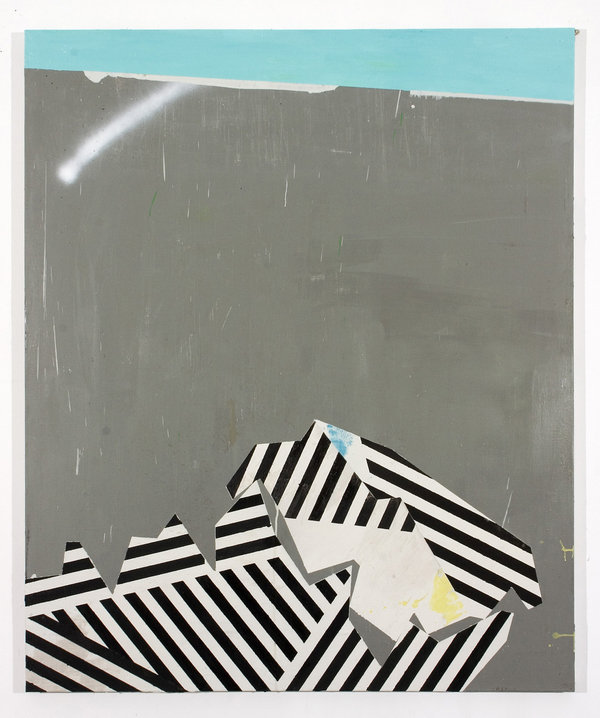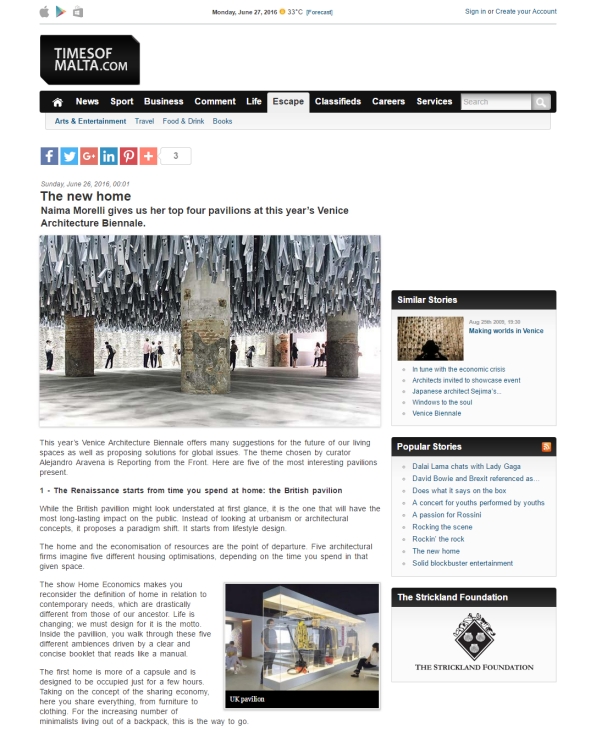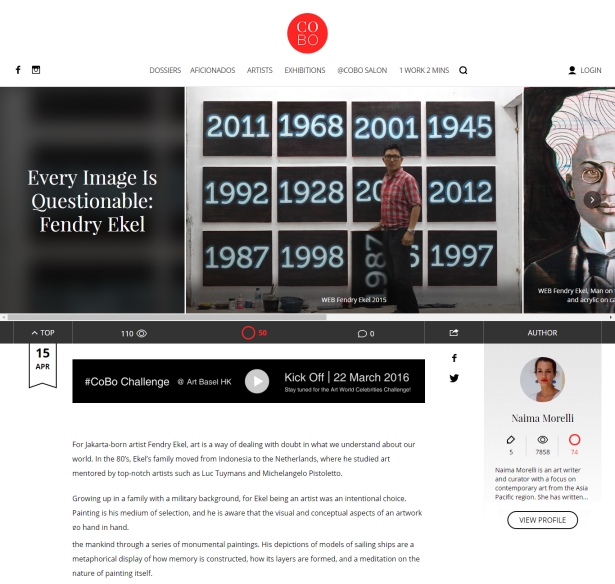
Accademia Tedesca – Borsisti 2009
Ancora una volta L’Accademia Tedesca di Villa Massimo diventa protagonista in ambito artistico-culturale, barrando la casella 26 marzo sul fitto calendario di eventi che ha sempre organizzando fin dalla sua fondazione, e per i quali è particolarmente attiva negli ultimi tempi, proponendo circa una trentina di eventi all’anno, tra mostre, concerti e serate di lettura.
Quest’anno come di consueto, data ventisei di marzo, è stato presentato dei borsisti dell’Accademia Tedesca, una rosa di nove artisti destinati a suscitare grande interesse, molti già attivi nel tessuto artistico romano con proprie personali e tutti ampiamente riconosciuti all‘estero, non solo in Germania.
Questi “Sipendiaten”, tutti sulla quarantina, sono artisti i quali, con romantici stralci nella migliore tradizione del “Gran Tour”, sono stati ritenuti meritevoli in base alle loro eccezionali capacità nel rispettivo campo artistico di appartenenza, non necessariamente figurativo ma anche letterario, musicale, architettonico, in breve creativo.
Sono loro stessi a decantare la capitale italiana come luogo ideale dove trovare ispirazione per la loro produzione, liberi da problemi economici di sorta.
Read More
















